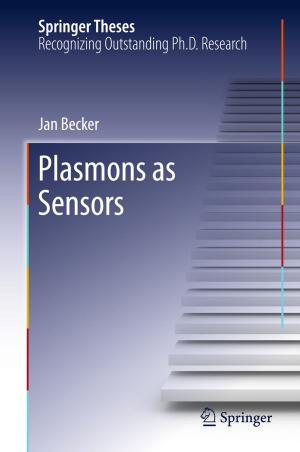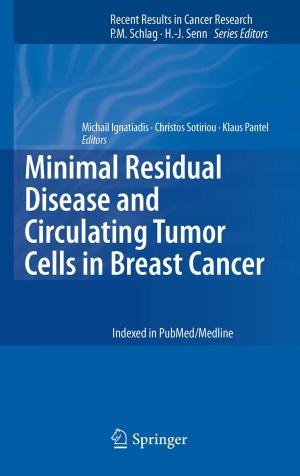Breast Cancer Biology for the Radiation Oncologist
Nonfiction, Health & Well Being, Medical, Specialties, Radiology & Nuclear Medicine, Oncology| Author: | ISBN: | 9783642312205 | |
| Publisher: | Springer Berlin Heidelberg | Publication: | May 4, 2015 |
| Imprint: | Springer | Language: | English |
| Author: | |
| ISBN: | 9783642312205 |
| Publisher: | Springer Berlin Heidelberg |
| Publication: | May 4, 2015 |
| Imprint: | Springer |
| Language: | English |
This is the first textbook of its kind devoted to describing the biological complexities of breast cancer in a way that is relevant to the radiation oncologist. Radiation Oncology has long treated breast cancer as a single biological entity, with all treatment decisions being based on clinical and pathologic risk factors. We are now beginning to understand that biological subtypes of breast cancer may have different risks of recurrence as well as different intrinsic sensitivity to radiotherapy. Multi-gene arrays that have for years been used to predict the risk of distant recurrence and the value of systemic chemotherapy may also have utility in predicting the risk of local recurrence. Additionally, the targeted agents used to treat breast cancer may interact with radiotherapy in ways that can be beneficial or undesirable. All of these emerging issues are extensively discussed in this book, and practical evidence-based treatment recommendations are presented whenever possible.
This is the first textbook of its kind devoted to describing the biological complexities of breast cancer in a way that is relevant to the radiation oncologist. Radiation Oncology has long treated breast cancer as a single biological entity, with all treatment decisions being based on clinical and pathologic risk factors. We are now beginning to understand that biological subtypes of breast cancer may have different risks of recurrence as well as different intrinsic sensitivity to radiotherapy. Multi-gene arrays that have for years been used to predict the risk of distant recurrence and the value of systemic chemotherapy may also have utility in predicting the risk of local recurrence. Additionally, the targeted agents used to treat breast cancer may interact with radiotherapy in ways that can be beneficial or undesirable. All of these emerging issues are extensively discussed in this book, and practical evidence-based treatment recommendations are presented whenever possible.















